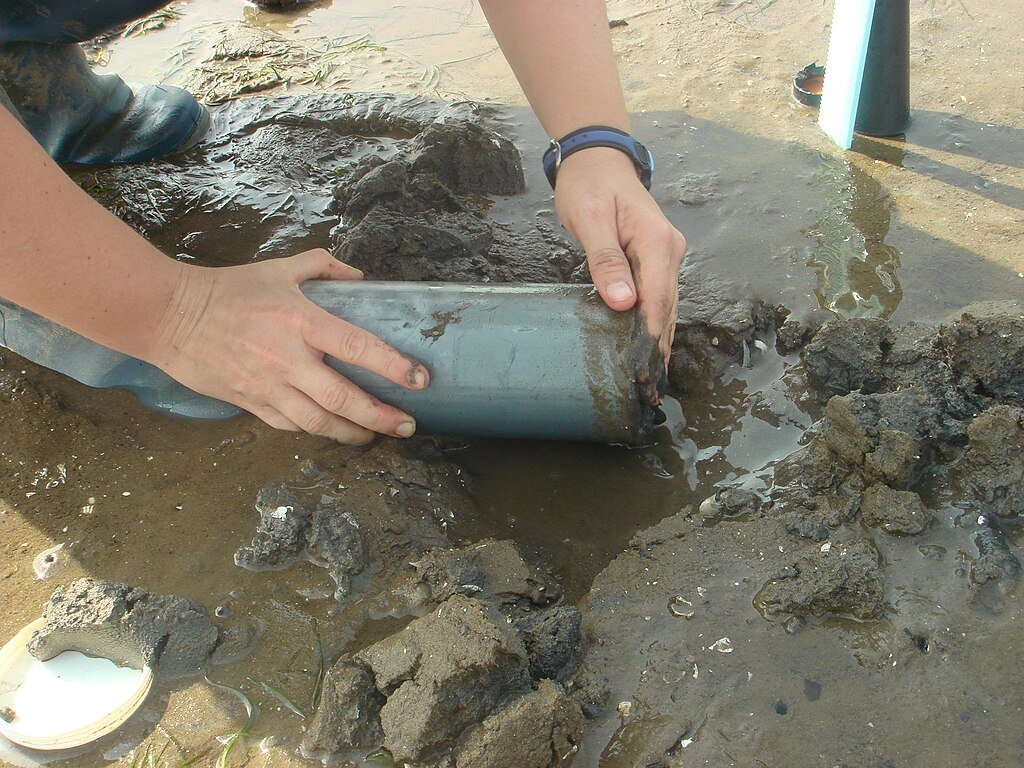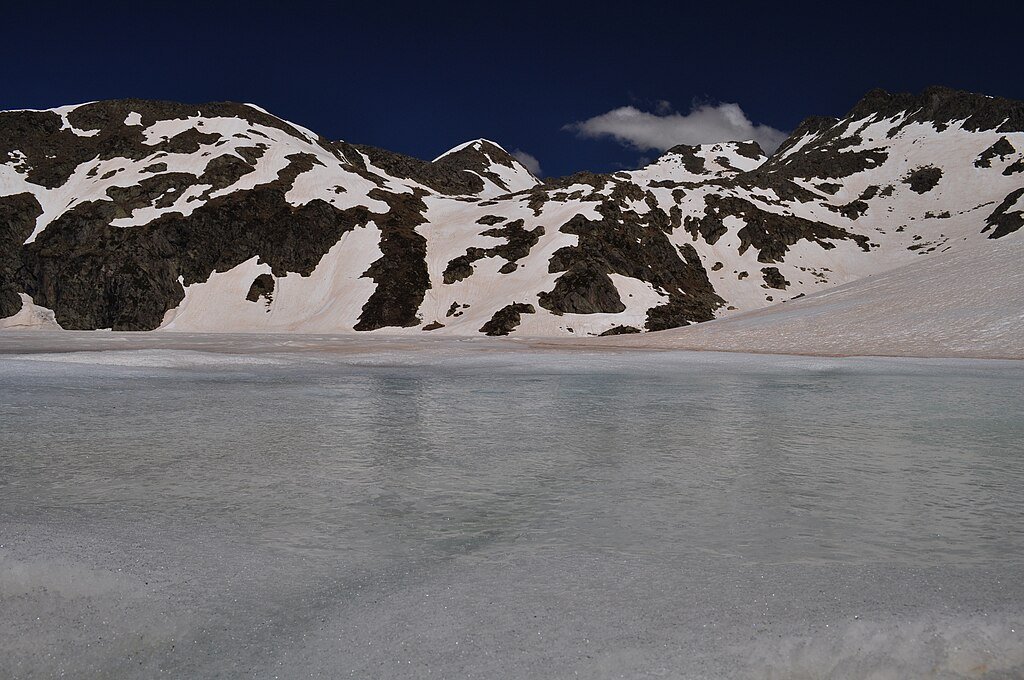High mountain lakes in Europe were naturally fishless due to geographical barriers. However, recent studies revealed that humans introduced fish into these ecosystems much earlier than previously documented. Utilizing ancient environmental DNA (eDNA) analysis, researchers have traced fish presence in Lake Redon, located in the Pyrenees Mountains of Spain, back to the 7th century CE.
Evidence from Sedimentary DNA

Researchers extracted a 30 cm sediment core from Lake Redon, covering a timeline of approximately 3,200 years. While direct fish DNA was not preserved, DNA from fish parasites and prey was identified, serving as proxies for fish presence. Notably, DNA from fish parasites appeared as early as the 7th century CE, with consistent signals from the 9th century CE onwards.
Correlation with Human Activities
The introduction of fish coincides with archaeological evidence indicating that the surrounding regions were utilized for sheep pasturing during the Late-Roman and Visigothic periods. This suggests that early pastoral communities may have introduced fish to these high-altitude lakes, potentially for sustenance or trade purposes.
Tracking Fish Spread Across the Region
Further sediment core analysis and genetic evidence suggest that the introduction of fish was not isolated to Lake Redon. Similar patterns are emerging from other high-mountain lakes across the Pyrenees and Alps, implying that early European communities may have systemically transported fish over great distances. This reflects a level of ecological planning and resource management not previously attributed to societies of the early medieval period. These findings broaden our understanding of how ancient populations interacted with and modified their natural environment.
Implications for Understanding Human Impact

These findings highlight the significant role humans have played in altering high-mountain ecosystems. The early introduction of fish farmers demonstrates a previously unrecognized aspect of human environment impact, emphasizing the need to consider historical human activities in current ecological assessments.
Source:





